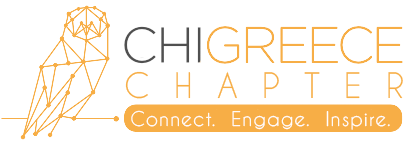Web accessibility refers to the practice of making websites usable by people of all abilities and disabilities. Design guidelines are an important source of information for developing accessible websites. Despite the existence of established accessibility guidelines, many websites are still inaccessible to people with disabilities. The lack of web developers’ training on web accessibility and confusing guidelines have been identified as the main causes for this situation. This paper presents ESALP 2.0 (Educational System for Accessibility Learning Through Paradigms), an online educational tool for learning web accessibility guidelines and best practices. The tool is addressed to Greek web practitioners. ESALP 2.0 presents in a nutshell the problems that occur when established accessibility guidelines are violated and gives guidance on how to avoid or overcome them. The tool uses the second version of the Web Content Accessibility Guidelines (WCAG) and real-world examples of violations based on an accessibility evaluation of 70 Greek websites. In addition, ESALP 2.0 offers test quizzes so that the learners can self-evaluate their knowledge on web accessibility. Currently, a test bank of 90 multiple choice questions is available. All content is provided in Greek, the native language of our target group. A preliminary user testing study found that the tool has good-to-excellent usability (mean SUS score of 81.5) and provided qualitative insights on the good and bad aspects of using ESALP 2.0.
Javascript must be enabled to continue!
ESALP 2.0: Educational System to Support Learning of Web Content Accessibility Guidelines by Greek Web Practitioners
